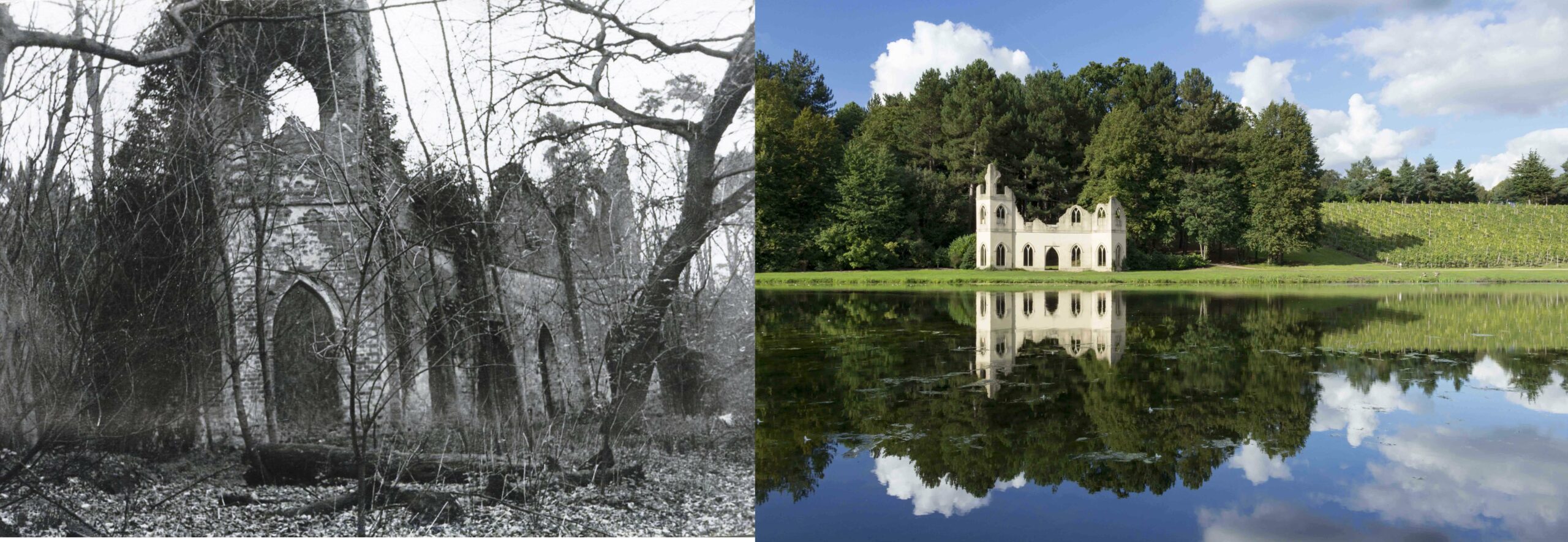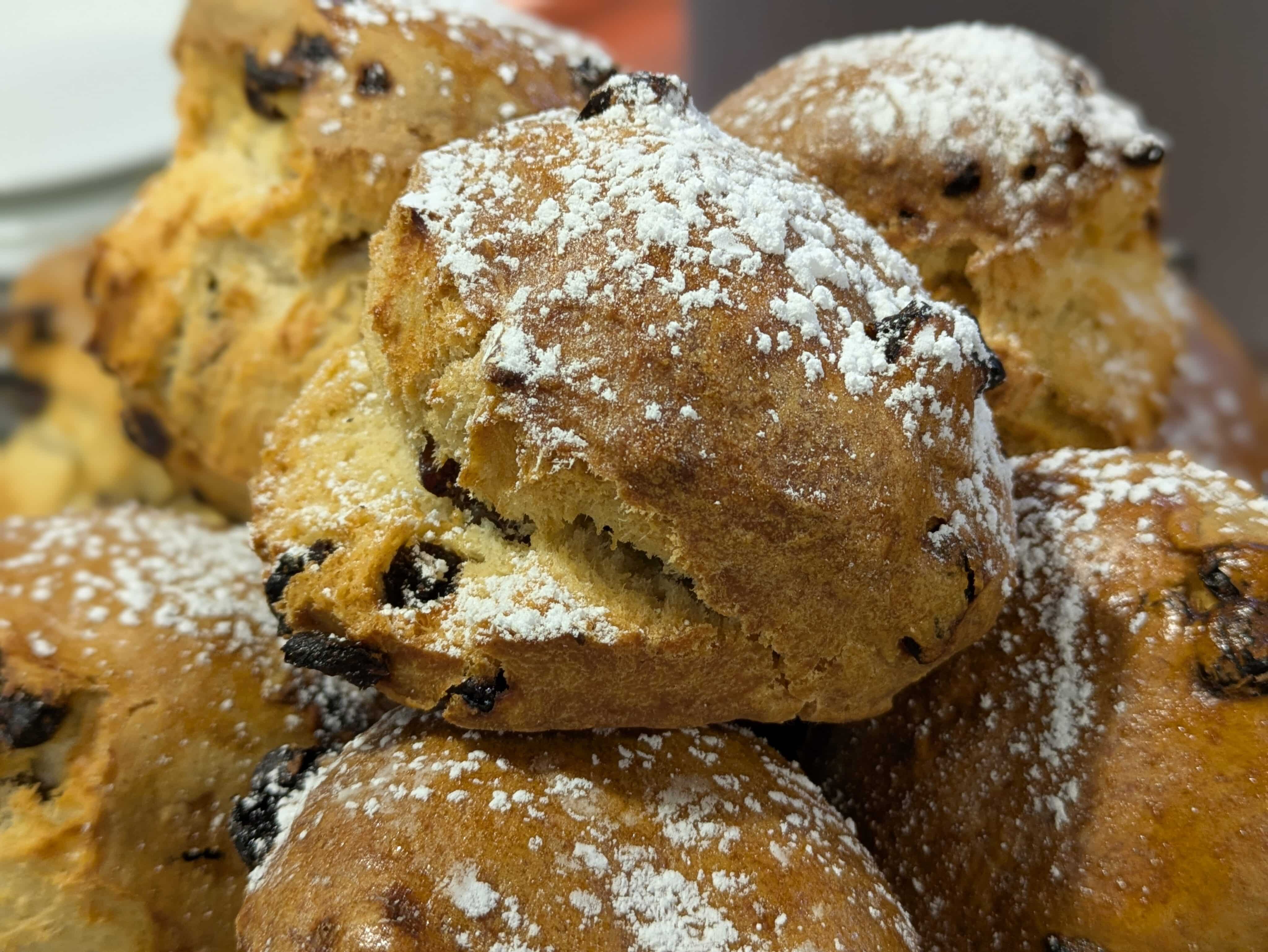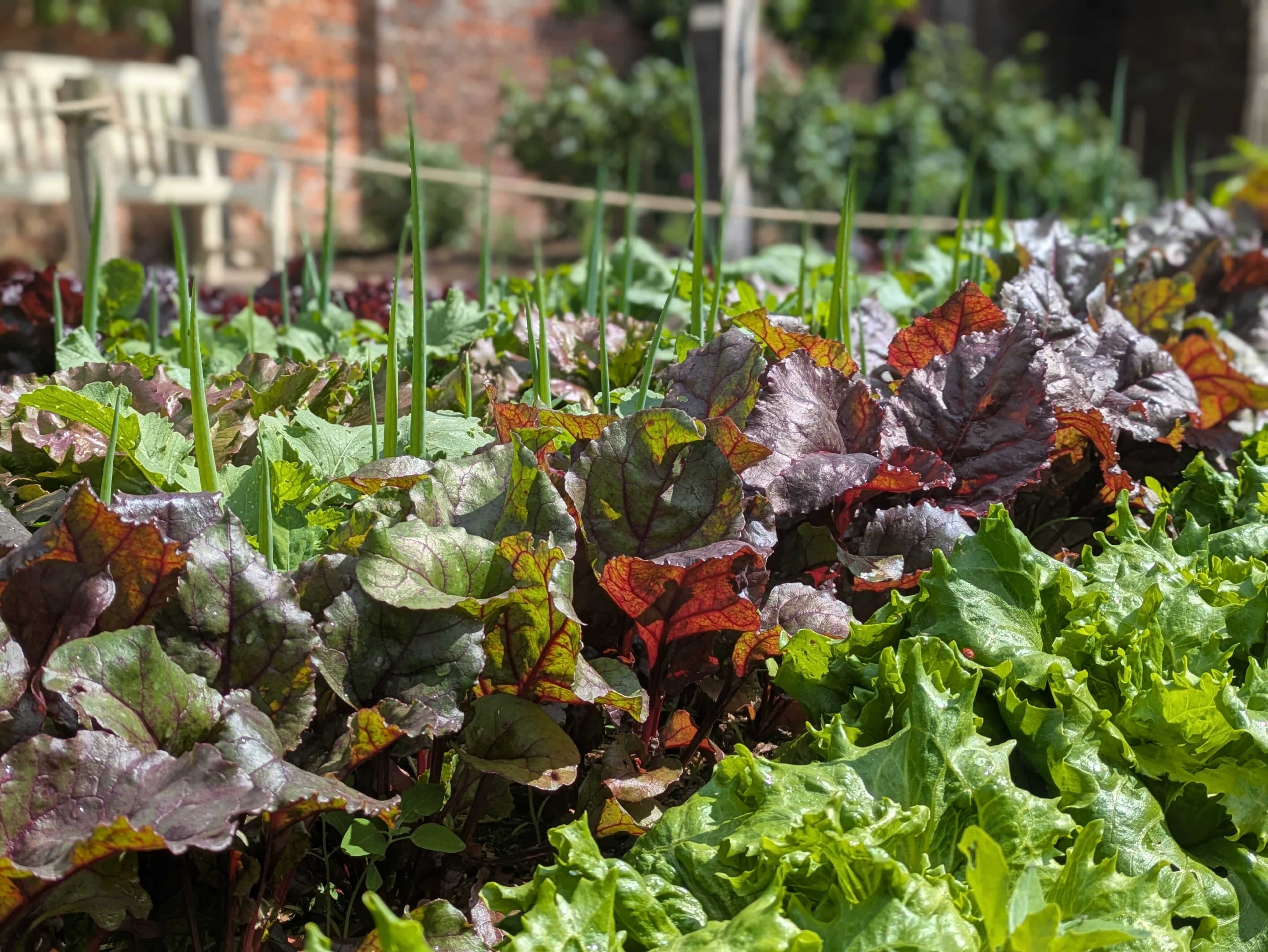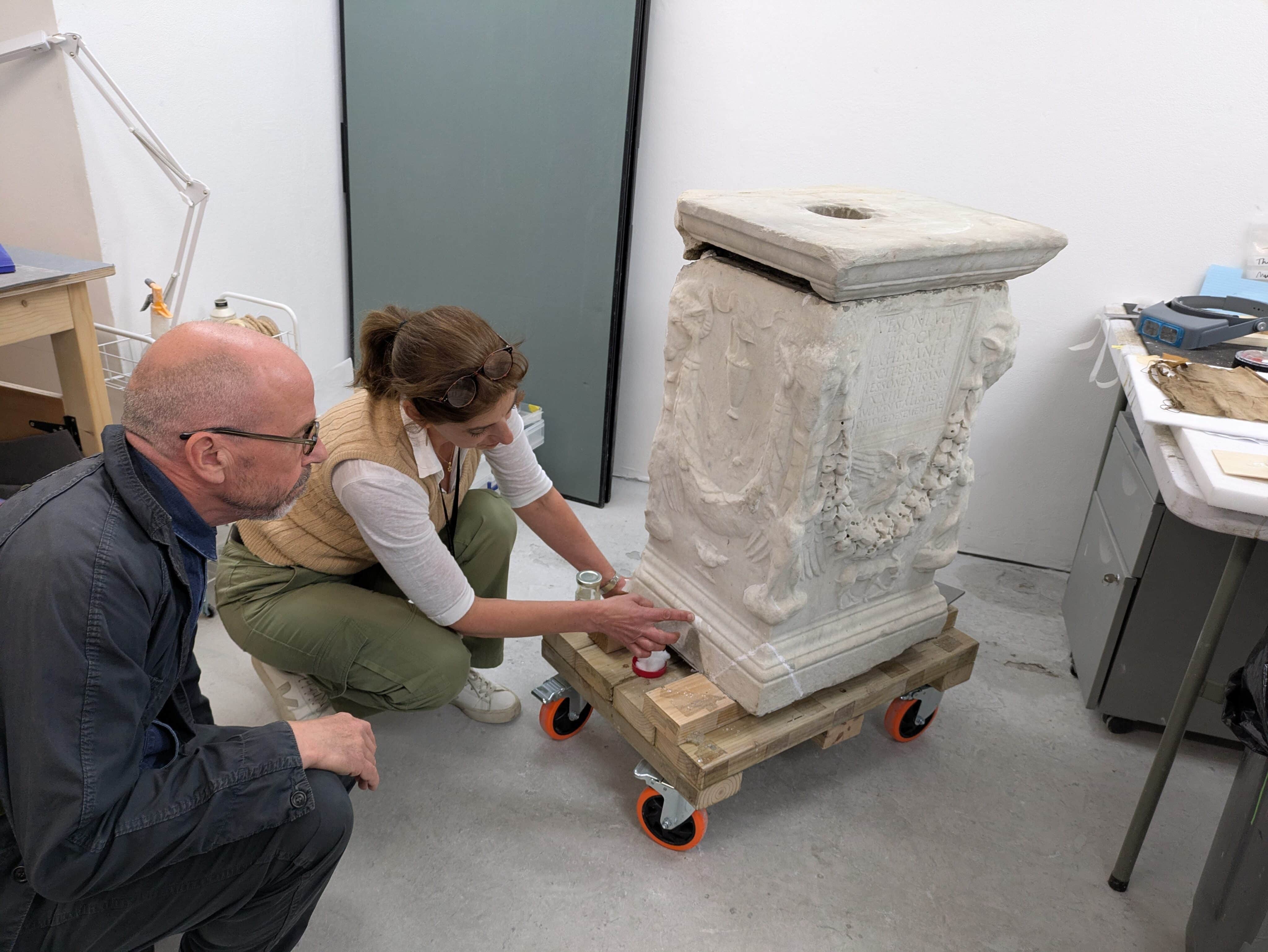Lost and Found: The Restoration of Painshill

We have been talking a lot about Painshill’s survival recently. The Coronavirus pandemic presents Painshill with a challenge like no other in its recent history. People might think us extreme to talk about Painshill potentially not surviving these difficult times.
But the sobering fact, never far from our thoughts, is that Painshill has been lost once before.
Unlike other great gardens, Painshill has never had an historic house and family to fight for it. Charles Hamilton, its creator, couldn’t afford to keep it or hand it down and he was forced to sell it in 1773. The garden went from owner to owner until, in 1939, during another very different national emergency, it was requisitioned by the military. The hardships of war led to decay and the collapse of some of the follies. After the war, in a state of neglect, the estate was promptly sold off in separate lots for agricultural and other purposes.
While the estate was scattered to various separate hands Charles Hamilton’s landscape began to disappear and the beautiful 18th century design was lost. The Waterwheel was left to ruin and stopped filling the lake, which became swamp-like and overrun with vegetation. The garden buildings crumbled and collapsed, and historic plantings were cleared for commercial forestry.
In the 1980s, with unique foresight for our heritage, Elmbridge Borough Council purchased 158 acres of the original 250-acre estate. Painshill Park Trust was established in 1982 with the sole mission of restoring the garden as closely as possible to the original concept.
Since then teams of historians, archaeologists, gardeners and volunteers have been piecing Painshill back together. Through archaeology and archive research they learned where buildings stood, what they looked like, what plants framed them, and what views and emotions a visitor should experience whilst they traverse the grounds.
The first buildings to be restored were the Gothic Temple and the Ruined Abbey. In the 1990s a two acre vineyard, which had been changed into a rockery during Victorian era, was replanted. Thanks to the National Lottery Heritage Fund the Crystal Grotto was rebuilt in the 2010s, the roof having caved in and the crystal ceiling destroyed. Most recently, in 2019, the Temple of Bacchus exterior was completed.
The preservation of Painshill would not be possible without nearly two hundred volunteers giving thousands of hours of work for free, generous donations, heritage grants and the money that is made from admission, membership fees and Tea Room treats. The money that Painshill makes and raises goes back into the upkeep and running of the landscape.
In recent weeks, since appealing for help, we have been overwhelmed with kind words, comments, donations, new memberships and purchases of Painshill wine and gin. We cannot thank people enough for their generosity and support. Please keep spreading the word so we can protect Painshill for future generations. We believe that garden history shouldn’t just be read about in a book – living examples of historic designs should be available to learn from and enjoy. Thank you so much to you all for making this happen.



